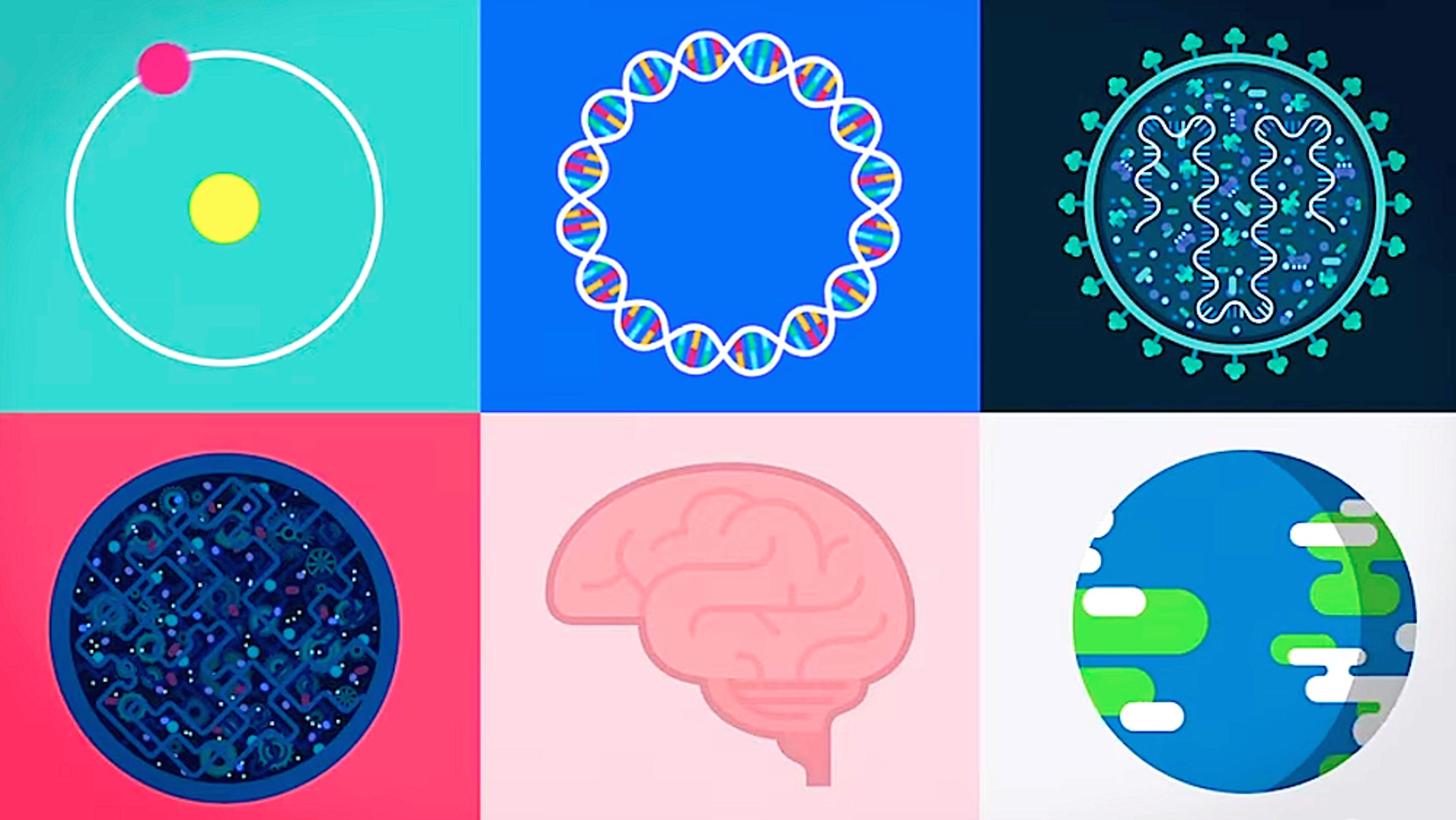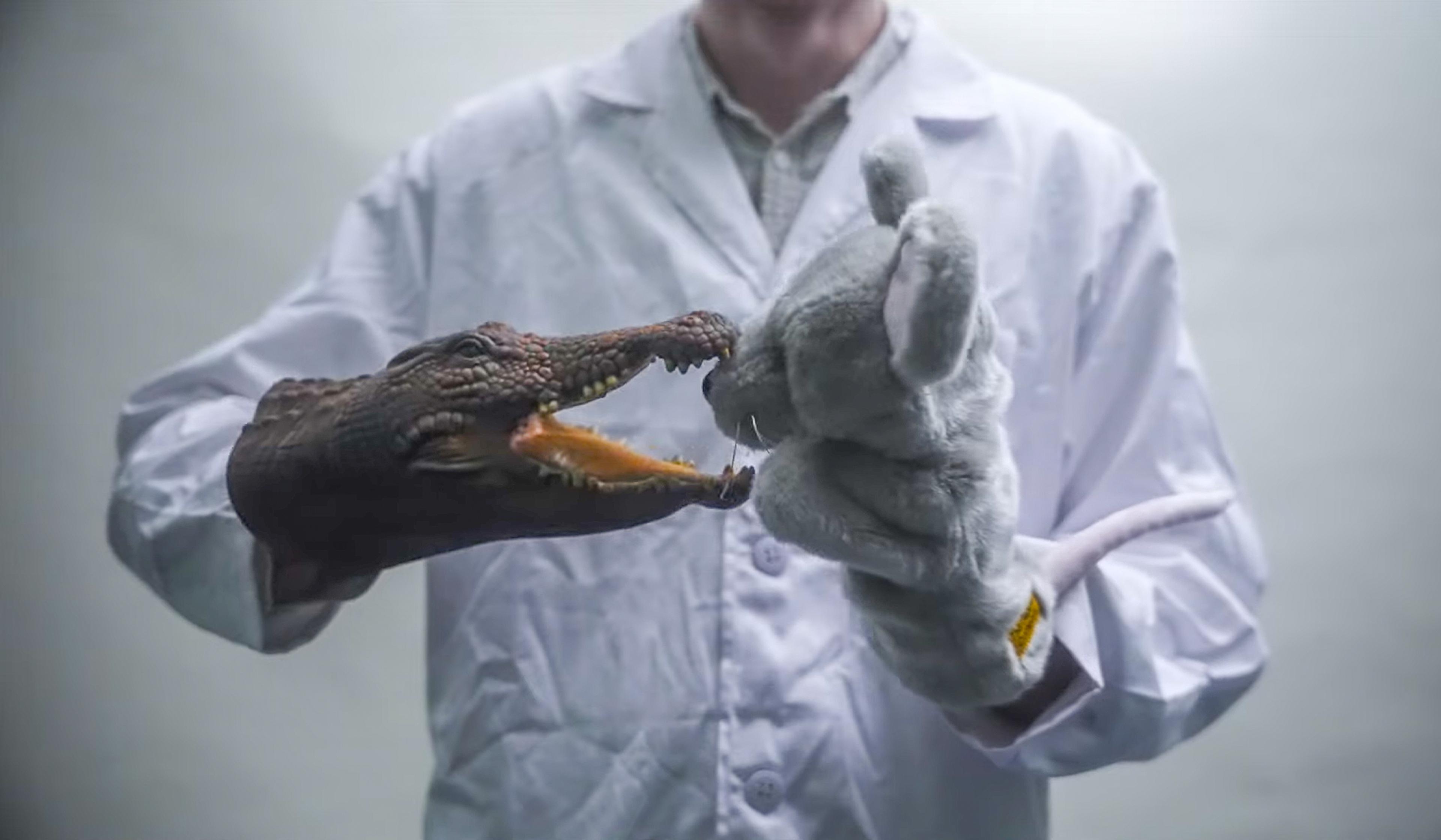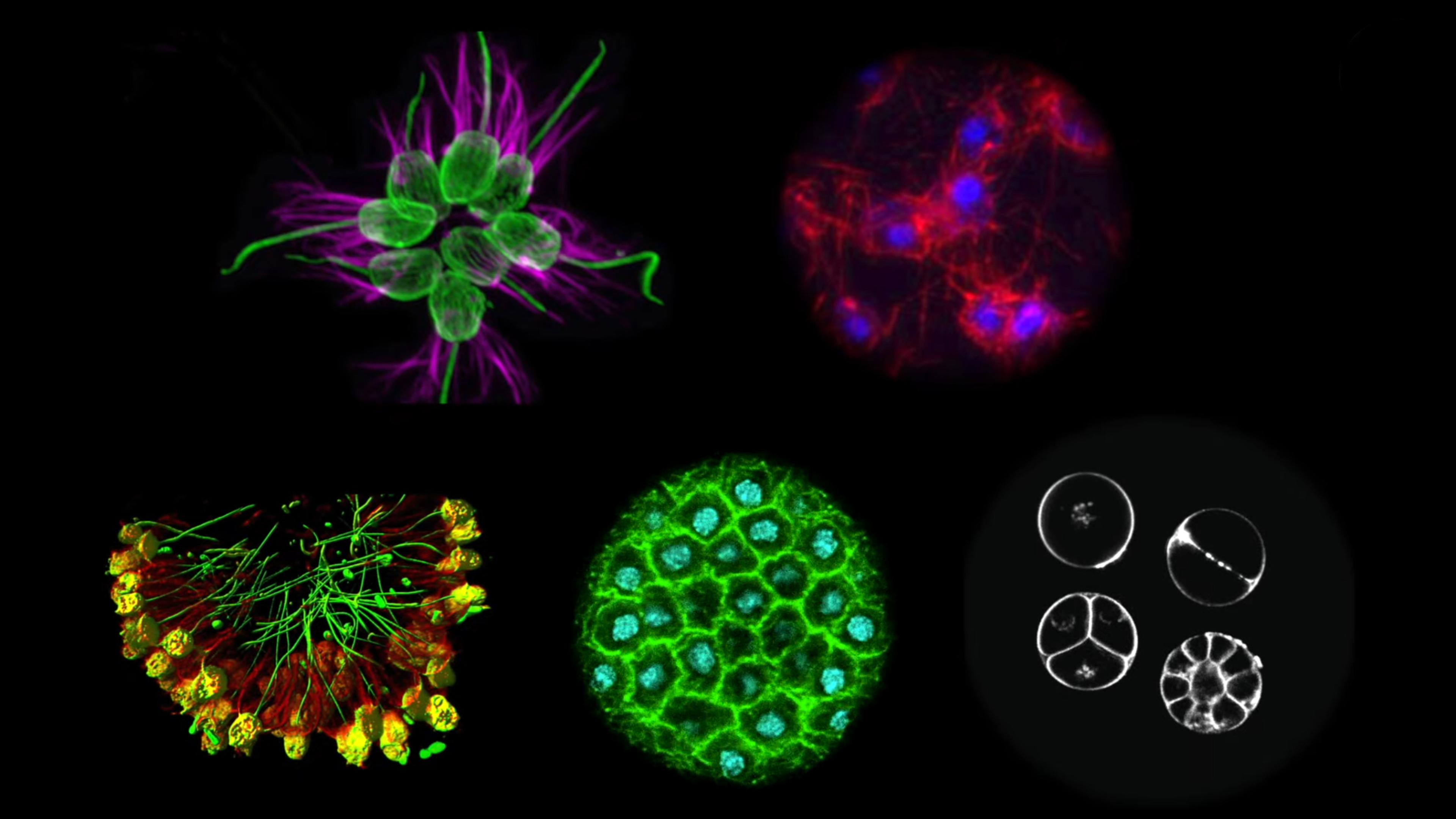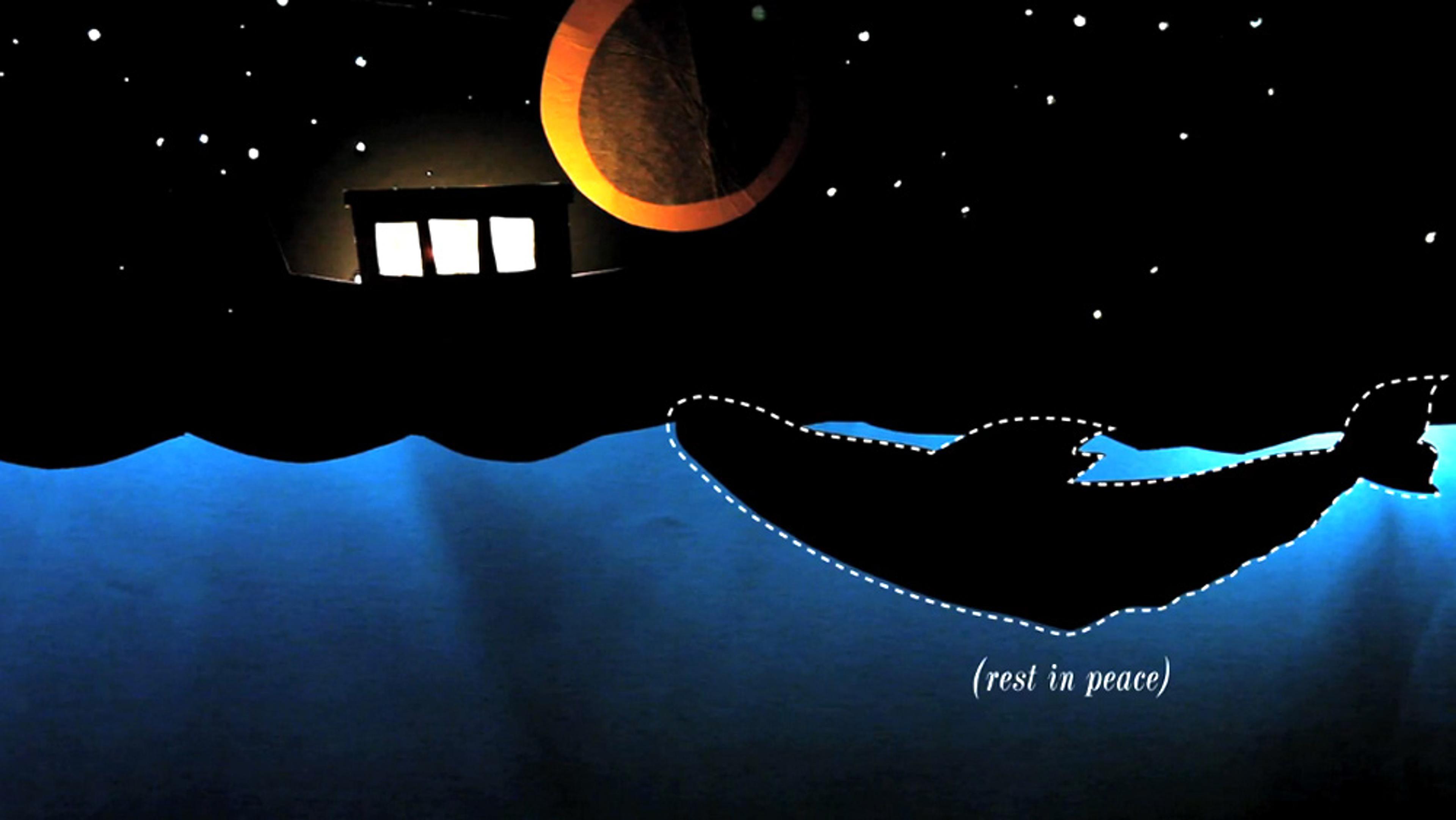The idea that living organisms are born to reproduce and ultimately die is one of the most common and widely accepted ideas about life across cultures. But is it true? Using whimsical animation, The Animal That Wouldn’t Die explores the strange case of the hydra – a creature that seems to play by a different set of rules than anything else in nature. Following the work of two scientists separated by many generations, this documentary investigates the surprising regenerative power of the small fresh water animal, and how the concept of the ‘circle of life’ might not be as universal as we once thought.
The hydra’s amazing resilience challenges ideas that all living things must die

videoBiology
Blend up a hydra, and its cells will coalesce back into a full creature. How?
5 minutes

videoDeath
What separates life from death? The line is fuzzier than we might expect
6 minutes

videoThinkers and theories
The Bing Bang, reincarnation and other theories of life from budding philosophers
8 minutes

videoBiology
Dive deep into an egg cell to see how ageing reboots when a new life begins
2 minutes

videoDeath
Even in modern secular societies, belief in an afterlife persists. Why?
9 minutes

videoBiology
An elegy for a dying microbe explores what we really mean by ‘death’
9 minutes

videoAgeing and death
We’re not the only animals that appear to grieve. What are the implications?
6 minutes

videoBiology
For 3 billion years, life was unicellular. Why did it start to collaborate?
4 minutes

videoEcology and environmental sciences
A whale can live 50-75 years. Its afterlife is equally long and spectacular
4 minutes